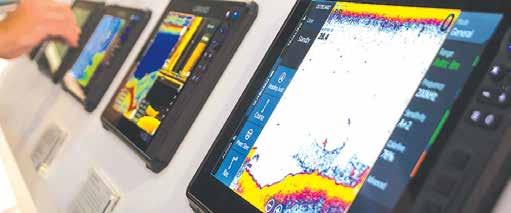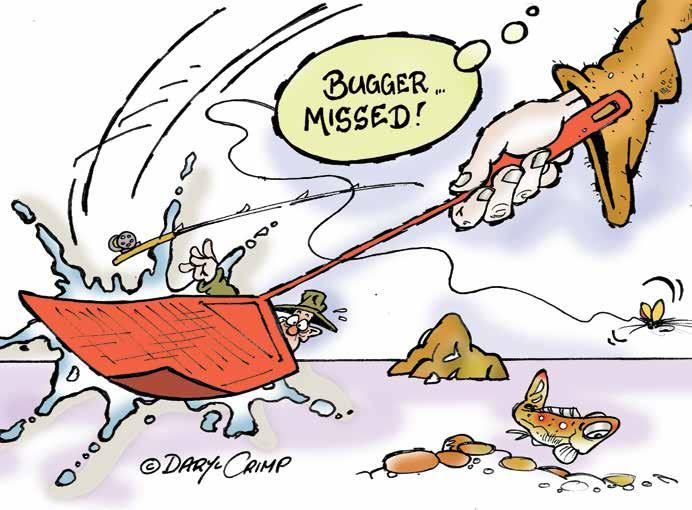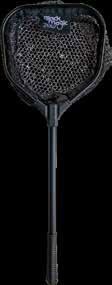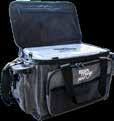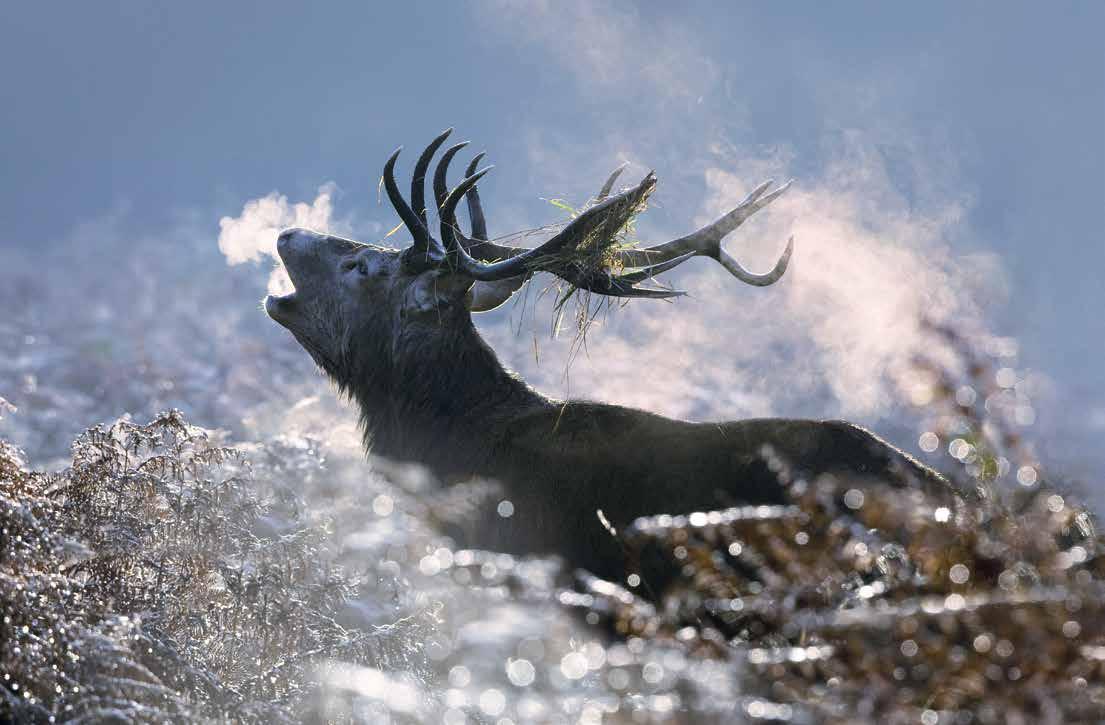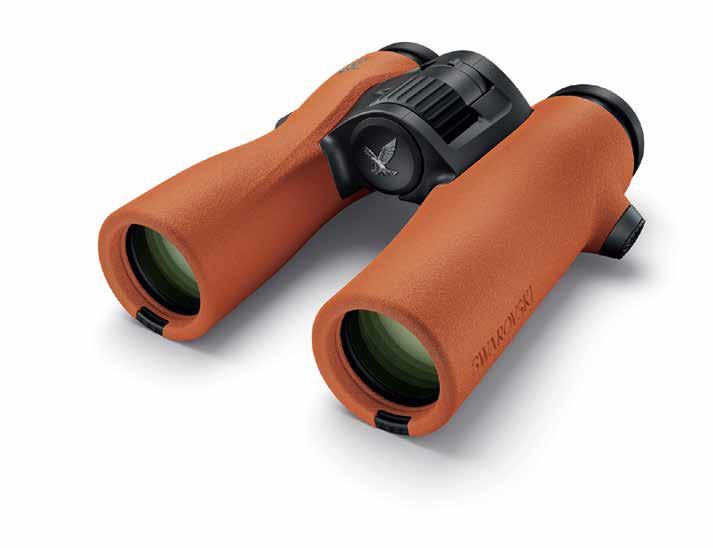










but, until we moved to developed into an evolution
Initially, we caught a




and when not to go, and called We a line out, you won’t catch


for quite some time
that I had to buy on the way
Hospice nurses and volunteers working together can help patients remain in their own homes.
Nelson Tasman Hospice is seeking “Hunting Shooting Fishing” volunteers to join our patient support volunteer team .
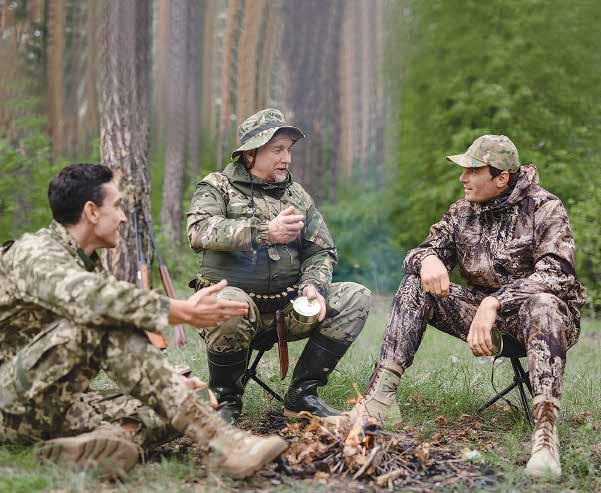
The Role: Skills needed: You gain: We gain:

Time requirement:
Usually 2-4 hours during


New Zealand’s big blue backyard is home to over 68 species of shark. Most species are not observed often as they prefer deeper waters. One of the more frequently encountered species is the school shark (Galeorhinus galeus, also known as greyboy, Tope and tupere). School sharks can be found throughout New Zealand, from the Three Kings Islands to the Campbell Islands, from coastal waters to out to the continental shelf and slope. They only occasionally venture near surface waters, spending most of their time near the seafloor.
School sharks are a smaller species, born around 30 cm long and can grow to up to 1.8-1.9 m. They can be distinguished from other common coastal species, such as bronze whalers (Carcharhinus brachyurus), spiny dogfish (Squalus acanthias) and rig/spotted smoothhound (Mustelus lenticulatus), by their pointed, translucent snout, greyish upper body, distinctively shaped tail, and lack of dorsal spines. Young school sharks also have black colouration on the tips of their dorsal fins and the upper lobe of their tail.
Despite school sharks being one of the most commonly encountered species, surprisingly little is known about their biology. Massey University PhD student Alex Burton is trying to change that. As part of his research, Alex is examining various aspects of school shark biology and ecology, such as their reproduction, movement
and habitat use. Such information is crucial to aid in the conservation e orts and management of this species in New Zealand and around the world.
To track the movement and habitat use of school sharks in New Zealand waters, school sharks have been fitted with dart tags and satellite tags, with the help of the Tindale Marine Research Charitable Trust (TMRCT). Dart tags are small, green, elastomer tags with unique ID numbers so that a fish/shark can be identified if it is recaptured. Thousands of these tags are being deployed by fishers onto dozens of species around the country, as part of the TMRCT tagging programme.
Satellite ‘mini-PAT’ tags, on the other hand, have been attached to 25 adult school sharks. These tags collect detailed information on the shark’s movement and habitat use over a year, after which they pop-o and transmit the data to Alex via satellite. If tags can be recovered, more in-depth data can be obtained from the on-board archive and, subsequently, allow for better insight into the movement and habitat use of the shark the tag was attached to. The tag can then be refurbished and used again.
Thanks to the e orts of New Zealanders, many recaptures have been reported and even some mini-PAT tags have been recovered and returned to Alex. This includes one tag that detached near Kapiti

Island in August 2021 that was found washed up on Pitt Island nine months later in May 2022. Data that has been recovered from miniPAT tags is being analysed to plot the movement tracks of the sharks. One such track includes one individual’s movement from the Kaipara Harbour to the Snares Islands. For an animation of this journey, see this video: https://youtu. be/EBrMrhddvCo.
If you capture any fish with a TMRCT dart tag or a school shark with a miniPAT satellite tag, please record details relating to the capture (e.g., tag no., where, when, length) and report them to the TMRCT via https://tindaleresearch. org.nz/fish-tag-recoveryform/. If possible, please also re-release the individual (especially if it has a satellite tag attached) so that valuable data can continue to be collected.
If a school shark with a satellite tag, is unable to be released or dies before release, or you observe a tag floating in the water or on the beach, please collect the tag, record capture/

Distinguishing features of a school shark. School shark

encounter details, and contact Alex (a.burton@ massey.ac.nz) or the Tindale Marine Research Charitable Trust (tindaleresearch@ xtra.co.nz) ASAP for further instructions.
For details on how and what to report when you capture a school shark, or you’d like more information on the school shark research project or the TMRCT tagging program,
contact Alex or the TMRCT. Alternatively, visit the School Sharks New Zealand & International and TMRCT Facebook pages or the TMRCT website (https:// tindaleresearch.org.nz/).





Don't look twice it's alright

Suppressor range 222 through to 30-06 41mm diameter 9” Hybrid “Cleanable” Spartan
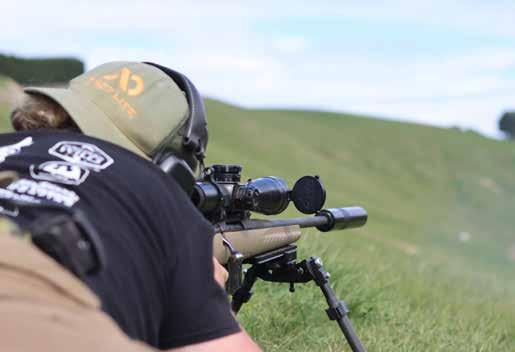
We have two multi calibre suppressors available in the hybrid model and this is possible because the hybrid ba e system has tight tolerances allowing the small ranges of calibre. The hybrid ba e system also lowers the risk of stray bullets and bullet strike
• The first is suitable for 22 Hornet through to 243 including, 222, 223, 22-250, 243.
• The second suppressor is suitable for 6.5 through to 30-06 including 6.5 prc, 270, 7mm-08, 284, 280, 308, 7.62 x 39 etc (not including 300 PRC or belted magnums).
• 9” in length (230mm), sits 4” forward & 5” back over the barrel (this is a “fixed” length and cannot be changed or added to)
• Weight 360 – 370grams (alu internal muzzlebrake 5-6,000 rnds)
• Colour - Black
suppressor that Robbie had begun creating prior to his death in 2018. In 2022, our gunsmiths took Robbie’s vision and made it a reality. The 41mm 9” suppressor is most suited for those who like to clean their suppressor.
www.GUNWORKS.co.nz
A collection of pig-hunting stories from veteran Kiwi hunter/ hunting author Kim Swan, whose nine previous titles were published by Halcyon Press. Each short chapter recounts an engaging pig-hunting tale full of action, humour, triumphs and disappointments.
Available at all good book stores and online Only $39.95

the league of the late Barry Crump and leading the pack of contemporary writers. Her unique yet natural writing style and whimsical narrative bring a charm to her stories that capture the hearts and minds of hunters and non-hunters alike-a true gift. Kim’s stories have proved a popular staple for The Fishing Paper & Hunting News readers for well over a decade.
gems and one of life’s lovely people to boot! This book deserves a treasured spot in your library; it won’t disappoint.”
Crimpy

We had headed out on an
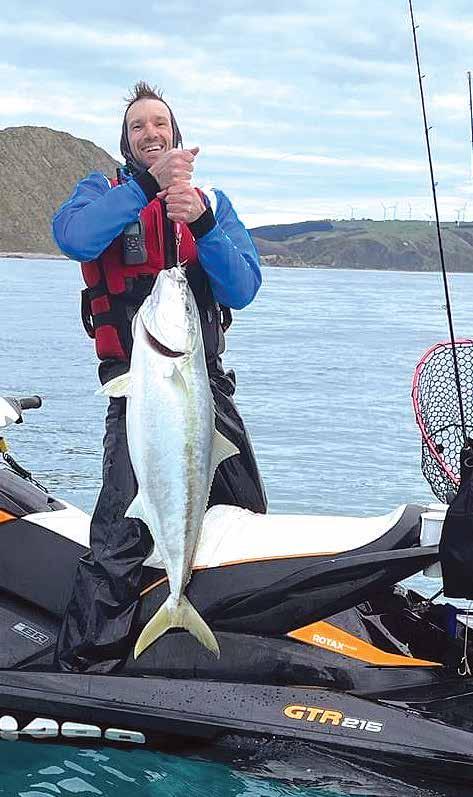
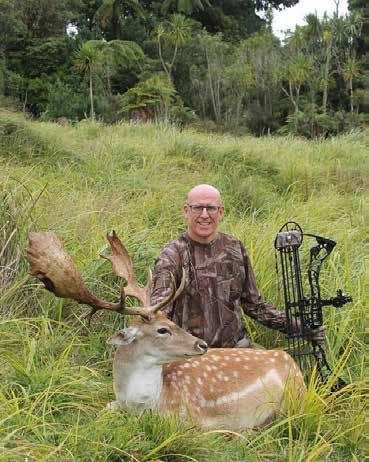

No.8 bow strings epitomise New Zealanders can-do approach to life. Designed by Advanced Archery’s Carol and Kevin Watson for our rugged conditions and made right here in New Zealand. We’ve refined the latest string building techniques, equipment, and materials we use through constant field testing to get the string quality we’re excited about.
Go Kiwi with all black or choose from thousands of colour combinations with clear serving to customise it your way.
Pre-stretched for zero peep rotation, with speed buttons installed and a bow tune, we’ll send your bow back to you shooting as good as new, maybe even better!


I convinced my Grandpa to
Finn Meijer
and we ended up pulling in
ended up being a whopping
When playing football



Senior Fishery O cer, Allan Gilmour patrols a wide area throughout the Wellington region, including the south coast, Kapiti coast and Horowhenua coast.
Allan became a Fisheries New Zealand Fishery O cer in 2019. It was the latest career move for the public servant who has also served in the British Army and in the New Zealand Defence Force – he was an artillery forward observer, along with being a paratrooper in the British Army and did similar work with NZDF along with instructing soldiers.
Originally from Scotland, Allan Gilmour spent 20 years as a soldier across both countries. He was also a Biosecurity Quarantine O cer before transferring his skills into fisheries compliance work as a frontline Fishery O cer.
“My motivation for becoming a Fishery O cer was about being part of a team that protects fishing resources so that future generations can enjoy what we have access to now,” he says.
Allan says the most common issues he deals with is generally people with
excess and undersize fish.
“Life is busy as a Fishery O cer. I meet a lot of people who are diving, fishing with rods or both. A lot of time is spent educating newer recreational fishers on the rules. Most of the divers and fishers I come across want to understand the rules and fish within them,” he says.
Allan has worked on various fisheries cases that have gone before the court and says it’s a satisfying feeling when a case you’ve worked hard on, such as a poaching case goes through to prosecution and sentence.
“When we catch people for serious fisheries o ending, there’s a lot of work that goes into putting a case together. I’ll be interviewing the alleged o enders and hearing their version of the story and while sometimes genuine mistakes have been made, in the more serious cases, that’s generally not the situation and it’s satisfying knowing fishing resources are better o for the work I do in contributing to sustainable fisheries. My work constantly changes – I could be out on the water with a sea
patrol, or I might be walking a beach and checking on fishers. The scenery is sublime and as they say –you can’t beat Wellington on a good day. Occasionally I’ll encounter someone who is a bit hostile towards having their catch inspected, but if people stick to the daily limits and sizes, there’s nothing to worry about,” he says.
Outside of work, Allan has two daughters that keep him on his feet with various sporting commitments and he also enjoys working out at the gym and playing football in a master’s team after 18 years on the sideline.
“If you’re unsure of the fishing rules in your area or somewhere new, the best thing to do is download the free NZ Fishing Rules app. Once downloaded, it even works in areas where you don’t have cell phone coverage,” Allan Gilmour says.
MPI encourages people to report suspected illegal activity through the Ministry’s 0800 4 POACHER number (0800 476 224).






Lynred Atto1024-02 thermal sensor


The indexed rotating clamping system has 3 angle adjustments 12˚, 20˚, 25˚ always keeping your knife in the same place
Pulsar Merger LRF line of thermal bi-oculars
See our website for the full range

A Porirua pāua poacher who was under a court ordered ban from fishing has been placed on 10 months home detention for pāua fishing repeatedly.
Teotulo Tuala (64) was sentenced in the Porirua District Court (16 May) on 7 charges under the Fisheries Act that he earlier pleaded guilty to, following a successful prosecution by the Ministry for Primary Industries (MPI).
Mr Tuala was banned from all fishing from 18 December 2018 to 28 December 2021 because of previous fisheries convictions.
However, he went diving in June 2021 at Camp Bay, Eastbourne and gathered
95 pāua. Police stopped Mr Tuala in his vehicle as he left the area and contacted Fisheries New Zealand fishery o cers, because he was in possession of excess pāua – in this case over 9 times the legal daily limit.
“Mr Tuala had been prohibited from all fishing at the time and he knew this. He claimed that he thought his court-imposed ban had finished – that excuse was not accepted by us or the court. The rules are there for a reason and our job is to protect fishing resources so that everyone can have a chance to put fresh kaimoana on the dinner table,” says Fisheries New Zealand regional manager fisheries compliance, Tyrone
Robinson.
Fishery o cers carried out a search warrant of Mr Tuala’s home and found 3 large bags with 302 frozen shucked pāua in his freezer which during interviews he admitted intending to sell. They also found thousands of pāua shells buried in the yard around his home and stashed in various containers and wheelie bins. Following the end of his 3-year ban, and while still facing charges for previous o ending, Mr Tuala was caught with undersize pāua on 3 more occasions. The Court considered all this o ending as part of its sentence handed down at the Porirua District Court yesterday.
“Mr Tuala understood he was facing new and serious charges but disregarded this once his ban had finished and continued to poach pāua. We expect today’s sentence sends a strong message to other people tempted to break fishery rules to profit from it – it’s only a matter of time before it catches up with you,” Tyrone Robinson says. All of Mr Tuala’s fishing equipment, including dive gear along with his Nissan vehicle were forfeited to the Crown upon his conviction.
MPI encourages people to report suspected illegal activity through the Ministry’s 0800 4 POACHER number (0800 476 224).
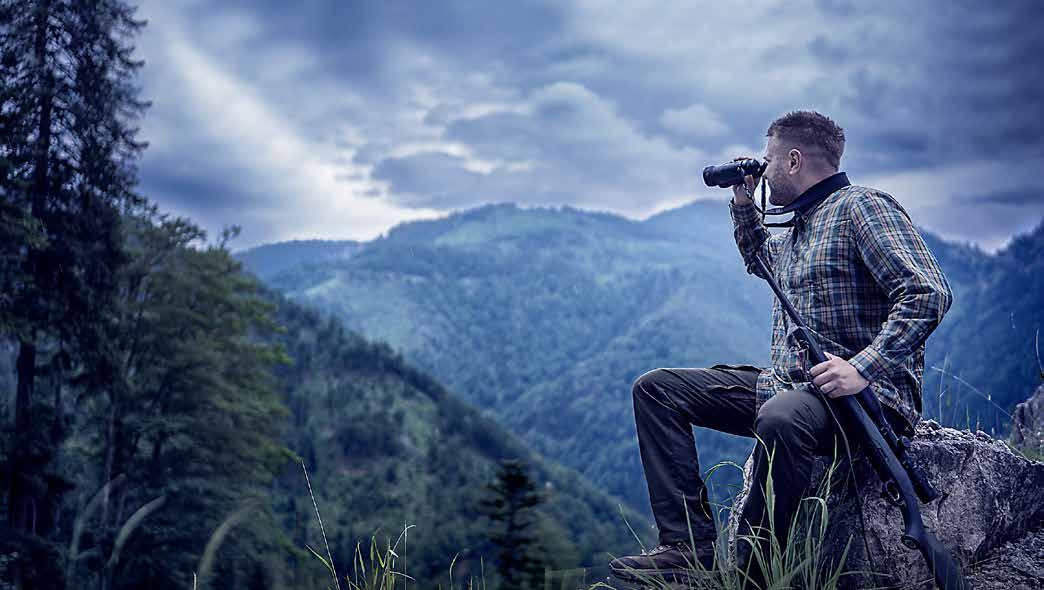

Start your day with a visit to our Fieldays site

Lynred 384 x 288 / 640 x 480
Pulsar Axion 2 LRF features a high performance integral 1000m laser rangefinder with selectable true horizontal distance setting. The cream of the Axion crop.
Lynred 640 x 480 / 1024 x 768
Pulsar Merger has an elegant classic binocular format that is easy and comfortable to use. A single channel laser rangefinder is perfect for professionals and keen hunters.

Lynred 320 x 240
The compact Axion XM30F is a high quality, European made thermal at a fantastic price.
Packed with features and built to Pulsar’s high quality standards.
In an earlier article I wrote about the Japanese traditional abalone fisheries, which involved a long history of women divers, called Ama. This is still the case, as it is in South Korea. On the west coast of the US native American women have also been reported as usually responsible for gathering shellfish.
How and why the tradition and practice of women divers came about is uncertain. But a plausible current explanation is simply that women were better adapted to diving as they tend to have higher sub cutaneous fat levels, and so can withstand colder sea temperatures for longer than men.
So on a recent trip to Tasmania it was fascinating to learn some of the history of abalone and seafood diving by the aboriginal people of lutruwita/Tasmania in “sea country” as the ocean is called by them. This was also discussed by Bryan Denny at this years International Abalone Symposium.
Once again diving for seafood was the domain of women.
And very good divers they were by tradition and historic accounts. In 1773 the French naturalist, Jacques Labillardiere, noted that Tasmanian women could remain submerged for twice as long as the best French divers.
On mainland Australia coastal aboriginal communities have similar traditions of women divers.
So this was a pretty widespread customary practice.
2: D’encastreaux picture of diving scene
Tasmanian aboriginal seasonally relied on a variety of wildfoods. But seafood was a significant part of the diet, importantly lobster and shellfish were available year round on the more sheltered eastern coasts. This can be seen in their coastal “living spaces” (middens is not a term used) where tens of thousands of years of shells and bones are seen. Most contain abalone shells in quantity.
Aboriginal women freedivers gathering seafood would characteristically have shaved or close cropped hair. I was told this was for ease of care and cleaning , and ease in the water, but also importantly due to the fear of entanglement with kelp fronds in the seaweed forests typically surrounding abalone beds.


Women also used natural ochre to get a red colour in their hair as adornment and for ceremony.
The sea temperature range around Tasmania is similar to here, temperate not tropical. So seal fat
would be applied to the body before diving by the women as extra insulation. Women would learn swimming and diving as children, and so were



 On the wall in the PIC o ce is a print of a painting by Palawa kani artist, Annie Ellis. It pictures a group of women divers gathering Tasmanian greenlip abalone. The story behind it is a fascinating one.
Image 2
Image 4
On the wall in the PIC o ce is a print of a painting by Palawa kani artist, Annie Ellis. It pictures a group of women divers gathering Tasmanian greenlip abalone. The story behind it is a fascinating one.
Image 2
Image 4

Daryl
outlines the commitment to good science that has been a hallmark of the New Zealand rock lobster industry for decades.

ROCK LOBSTER INDUSTRY STATEMENT OF INTENT:
To ensure that all legitimate extractive users have fair and equitable access to rock lobster fisheries and fishing grounds.
• To manage and control commercial harvests within the constraints of the Total Allowable Commercial Catch (TACC) and the provisions of the Fisheries legislation.
• To maximise the economic and social benefits able to be derived by the industry from the available harvesting opportunities.
• To respect and protect the rights of individuals whilst acknowledging individual and collective responsibilities and obligations.


FISHING CHARTER KAIKOURA

WE SPECIALISE IN HOSTING FISHING TOURS FOR GROUPS OF TWO TO SIX PEOPLE ALONG THE SPECTACULAR, RUGGED COASTLINE OF KAIKOURA, NEW ZEALAND
Join us aboard our purpose built 6.2m Osprey Boat, FirstLight Your fully qualified skipper, Malcolm Halstead, has 35 years’ experience fishing in the waters of the South Island of New Zealand. It is Malcolm’s goal to make sure you have a memorable fishing experience while visiting Kaikoura. Also available Freediving trips - Take a kid fishing Ladies trips - Game fishing for sharks CALL AND BOOK A TRIP TODAY Mobile: +64 21 843 908 Email: info@topcatchcharters.co.nz







premiums & comprehensive cover P 03 384 1694 0508 NAUTICAL e insurance@nautical.co.nz www.nautical.co.nz










www.stokegl.co.nz

Media coverage of this year’s Boat Show in Auckland highlighted recent data released by the New Zealand Marine Industry Association. That is, the Association says around two million Kiwis participated in boating activities during the last 12 months. This makes boating the country’s largest leisure activity with 40% of the population participating.
We know the majority of those who go boating put a line or pot in the water and collectively take a significant share of available fisheries resources. It follows that the importance Kiwis place on fishing for a feed warrants recognition and management attention.
Fish Mainland Inc finds ways to help the Government recognise the importance of recreational fishing, such as taking a proactive, forward looking, and cooperative approach towards representing recreational fishers’ interests and improving data collection to better inform management decision making.
Mainland Catch - South Island marine recreational fishing app
Fish Mainland recognises the first step towards improving decision making
for managing recreational fishing is better data collected on catch and e ort. And the best source of data is recreational fishers.
South Island fishers can collect their data via a mobile app appropriately named Mainland Catch. Mainland Catch is an intuitive and simple app designed by Fish Mainland.
A single person can record data for all members of a fishing group. Your personal data is confidential and will not be made public. Only in aggregated form (e.g., regional) will data be available to the public and to the Ministry for Primary Industries. The data collected will be stored with the app developer, the Nelson-based Plink Software Ltd.
The benefit of the data is in providing a basis for action or a recommendation to improve fisheries that are important to recreational fishers. Better data may also provide a basis for reducing environment impacts.
Mainland Catch was first developed for the South Island blue cod fishery. We are currently working with Plink Software to expand Mainland Catch to include other fisheries that are important to South Island recreational fishers.
Our current focus is on
Mainland Catch’s use in the recreational Kaikōura coastline pāua fishery that is scheduled to be open until 15 June.
We are also assisting the Fiordland Marine Guardians (FMG) in gathering recreational catch and e ort data for the icon blue cod and hapuku fisheries.
Opportunities for the FMG also include collecting data on southern bluefin tuna and other emerging fisheries to address potentially huge influxes of fishers. Mainland Catch can provide much needed data to assist the Guardians in formulating the best management recommendations.
We encourage all fishers to do their part in sustaining fisheries by fishing within set limits and using Mainland Catch to record their catch and e ort data.
Our website has links to download Mainland Catch and videos on how easy it is to use: https://www. fishmainland.nz/mainlandcatch-app
Our website also steps you through becoming a Fish Mainland member, which is free. If you support our work, you can also donate through the website or via direct debit to our bank account 03 0823 0101056 000.
Philip Short Bodley Head RRP $45
John Sweeny Bantam Press RRP. $40 Review by Daryl Crimp
tandem, which can be an
but come at the topic from and highlight












NZ Int’l chef Marcus Peters (Cooked for King Charles) is a flavour nut with a contagious passion for most things smoked. Try his Original Smoked Seasoning and enter into the heights of culinary nirvana. www.smokeandspice.co.nz

Daniel Eisenhut showcased the high-end precision rods and reels from Balzer, Germany.
In your hands this gear feels like you’ll have it for a fishing lifetime! www.balzer.nz
U-Dek is market leader for marine decking o ering design ,pattern and cutting services of its long-lasting, low maintenance high performance deck surface products.
“BEST SMALL STAND WINNER” - Hutchwilco Boatshow 2023 www.udek.com

SHIMANO’s 23 Dialuna was on show clearly going further with hi-tech materials to give more sensitivity, lighter weight, more strength and grunt.
www.shimanofishing.co.nz
Hauraki Boats KATANA CAT has a striking asymmetrical hull shape…best for cat performance. Features a lifting foil which halves vessel weight at cruising speed giving an approx 20% fuel saving over non-foil. Go to Hauraki Boats on facebook
The Fi-Glass Dominator is one of the most successful cabin boats ever built in NZ. The Fi-Glass range now extends from RIB’s to 6m plus HT’s with outboard and sterndrive options.
Lots of model and finance choices.
www.figlass.co.nz

Probably the best value boat in the 6.5m class. www.mclayboats.co.nz
Dreadnort’s are designed to survey standard and are the outcome of collaboration between Transformarine Naval Architects and ALTECH. The V6000 with vertical bow increases waterline length and beam to match. 6m is equal to 7m conventional bow space. www.dreadnort.com

www.alukaboats.co.nz

Image Boats design is influenced by some of the world’s most challenging waters that sit on its doorstep at the bottom of the South Island. Each custom vessel is borne out of customer desire and design practicalities. www.imageboats.co.nz




Boat, bach, beach or backyard the Cobb is the all-in-one on the go versatile cooker. Roast, grill, fry, boil, smoke…”just stay out of the f@#kin’ kitchen”(Gordon Ramsay). www.cobbgrillnz.co.nz

WATERSHED Drybags are the best on the planet. 100% submersible and waterproof… tested to 300ft. Polyurethane coated nylon for max abrasion resistance. Go to Jensendry21 on facebook

Matt Debono loves spearfishing. Combine that with skilled craftsmanship and top notch components and you get perfectly balanced, stunningly sleek and beautiful spearguns. www.debobospearguns.co.nz
